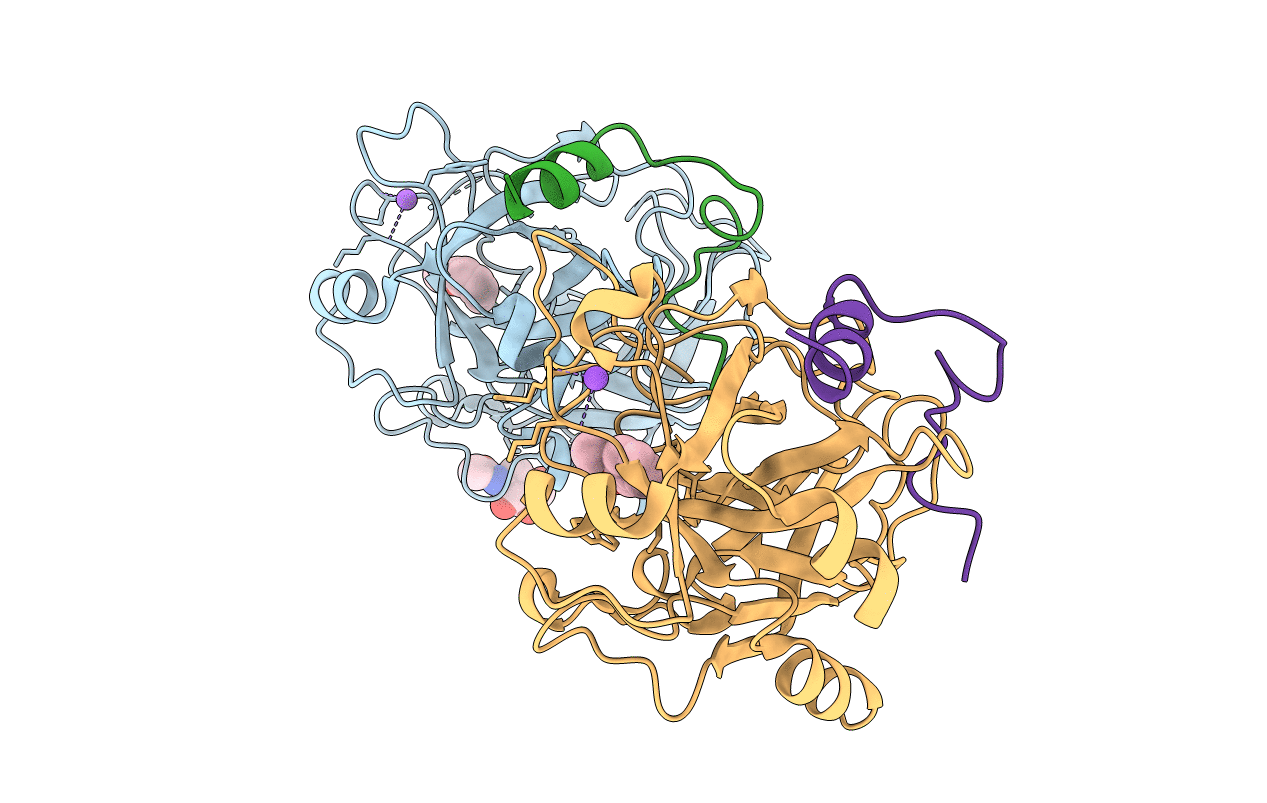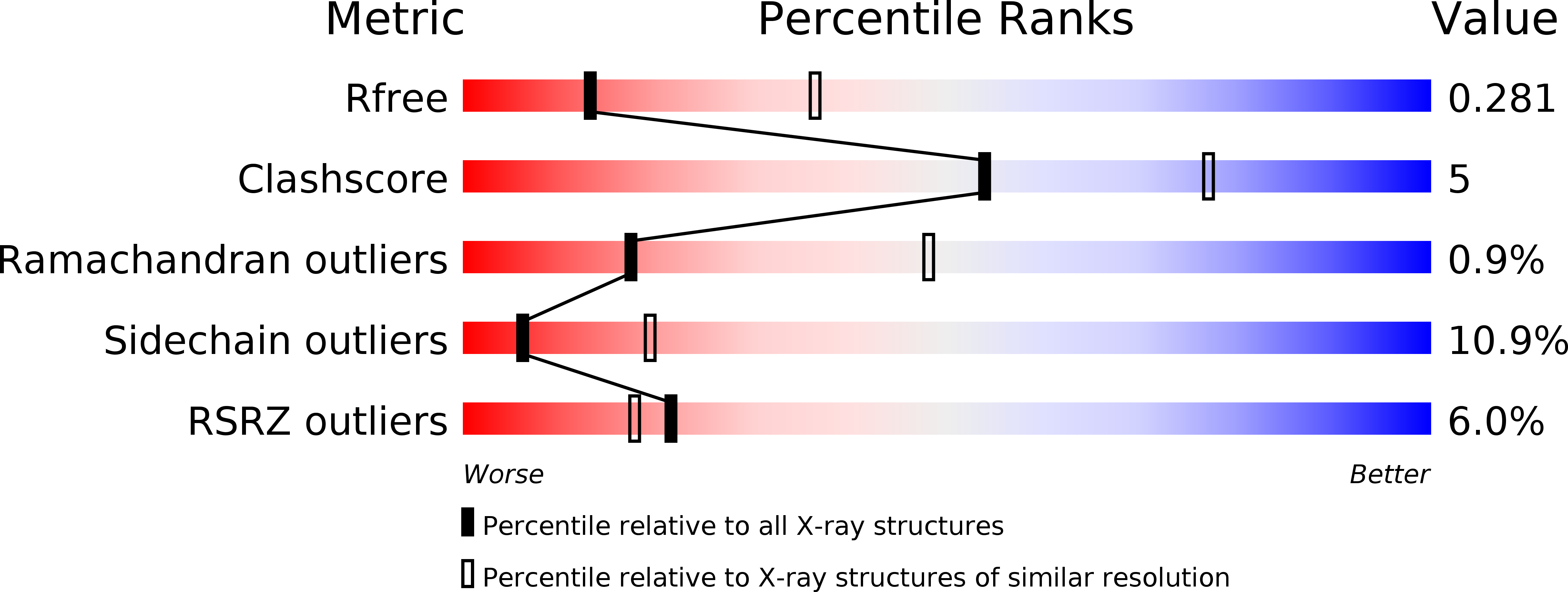
Deposition Date
2018-04-06
Release Date
2018-05-09
Last Version Date
2024-11-13
Entry Detail
PDB ID:
6CYM
Keywords:
Title:
Reversible Covalent Direct Thrombin Inhibitors
Biological Source:
Source Organism:
Homo sapiens (Taxon ID: 9606)
Method Details:
Experimental Method:
Resolution:
2.90 Å
R-Value Free:
0.25
R-Value Work:
0.17
R-Value Observed:
0.18
Space Group:
C 2 2 21


